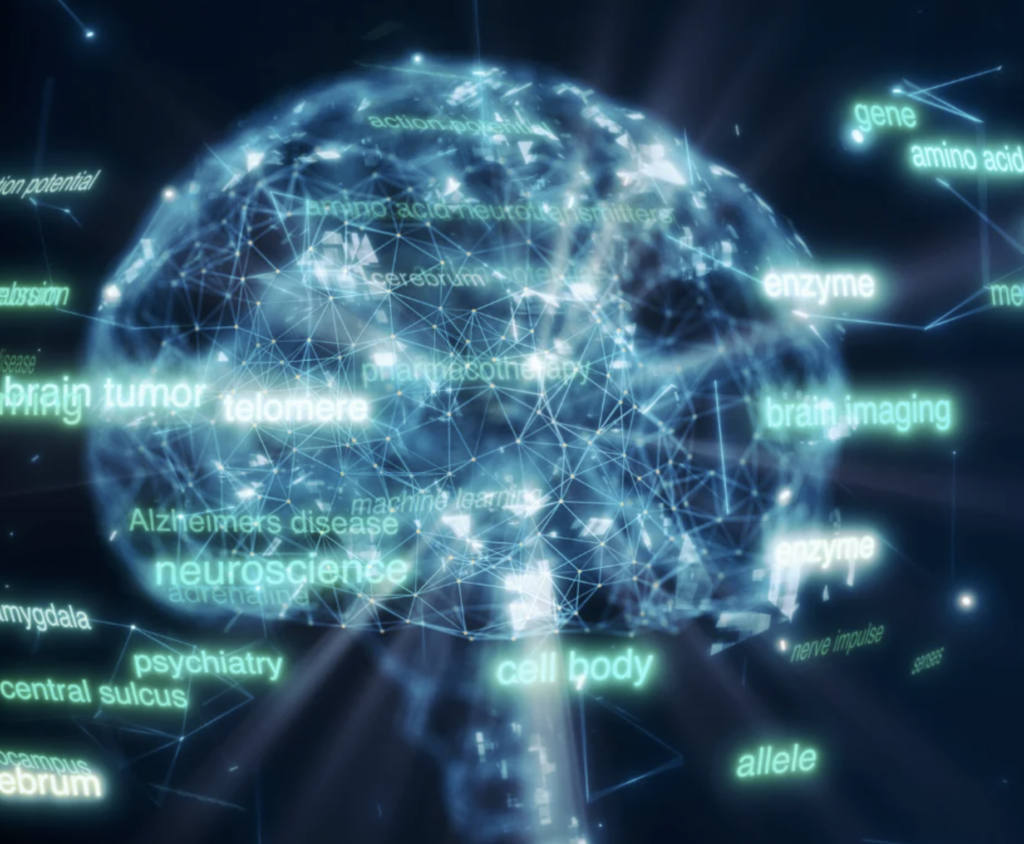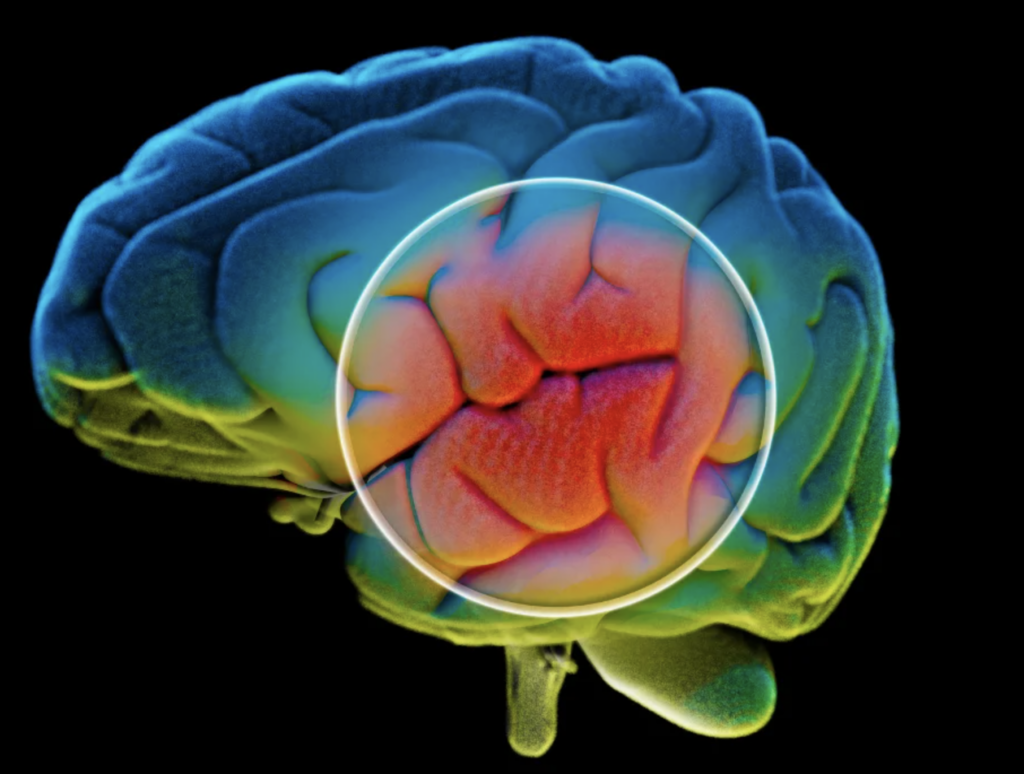
By now, you’ve probably heard about the endocannabinoid system (ECS) or at least heard mention of it. But do you know what it is, what it does, or if you have one? If you answered no, that’s okay because you’re not alone. Many people hear about the ECS and assume it has to do something with cannabis or people that smoke cannabis. They’re not entirely wrong. The ECS does have something to do with people who smoke or consume cannabis. Even people who don’t consume cannabis have an ECS. Every mammal on the planet and even some insects have an ECS.
The ESC was stumbled upon many years ago. Researchers didn’t begin to understand what it was until the late 80s and mid-90s. Countless names like Allyn Howlett, Raphael Mechoulam, Lumír Hanuš, and others contributed to the knowledge of what we know about the ECS today. The credit for the discovery of the ECS goes to Raphael Mechoulam and his team, but, as mentioned, many people played a role in this important discovery.
The ECS plays a vital role in our day-to-day lives. Life as we know it would be very different without the ECS. Have I sparked your interest yet? Are you ready to find out what the ECS is and learn about its role in our daily lives? Let’s dive into the endocannabinoid system together, learn the answers to these questions, and explore some other avenues involved in the endocannabinoid system too.
A Breakdown of the ECS
The mammalian endocannabinoid system, or ECS for short, is an essential part of our body. In combination with receptors, the ESC helps with several aspects of healthy body function. Researchers from Harvard say, “The ECS comprises a vast network of chemical signals and cellular receptors that are densely packed throughout our brains and bodies.”
They even refer to the ESC as mysterious. If medical experts and scientific researchers consider the ECS mysterious, you can only imagine the difficulty in correctly explaining what it is, how it works, and what it does. To explain this and the ECS in the most accurate way possible, I’ll quote research published on the National Institute of Health, National Library of Medicine website.
“The endocannabinoid system (ECS) is a widespread neuromodulatory system that plays important roles in central nervous system (CNS) development, synaptic plasticity, and the response to endogenous and environmental insults. The ECS is comprised of cannabinoid receptors, endogenous cannabinoids (endocannabinoids), and the enzymes responsible for the synthesis and degradation of the endocannabinoids. The most abundant cannabinoid receptor is the CB1 cannabinoid receptors, however CB2 cannabinoid receptors, transient receptor potential (TRP) channels, and peroxisome proliferator-activated receptors (PPAR’s) are also engaged by some cannabinoids. Exogenous cannabinoids, such as tetrahydrocannabinol, produce their biological effects through their interactions with cannabinoid receptors.”- NCBI

What Does the Endocannabinoid System Do?
The ECS is a complicated part of the human body that researchers are still learning about. It plays an important role through a vast network of operations in our body. It helps to regulate feelings of pain, joy, and more while also performing a vital role in helping the body to achieve and maintain homeostasis. The question should be more like, what doesn’t the endocannabinoid system do?
The research found on the NCBI website says, “The endocannabinoid system regulates not only the central and peripheral mechanisms of food intake but also lipids synthesis and turnover in the liver and adipose tissue as well as glucose metabolism in muscle cells.” Cure Pharmaceuticals describes the ECS, saying, “The endocannabinoid system is a molecular system responsible for regulating and balancing many processes in the body, including immune response, communication between cells, appetite and metabolism, memory, and more.” It’s evidently clear that the ECS performs a multitude of important tasks.
Cannabis makes cannabinoids, and cannabinoids are found naturally in our bodies. Does this mean that the endocannabinoid system was designed to work with cannabinoids produced by plants like cannabis? In short, that answer is yes. Some people believe that ESC deficiencies are the underlying cause of health problems like migraine headaches, inflammation, and more. Perhaps correcting an ECS deficiency is how cannabis is able to help with these conditions. Let’s explore cannabinoids and the ECS.
What Does Cannabis Have to do With the Endocannabinoid System?
Cannabis has over a hundred cannabinoids in it. Cannabinoids produced by cannabis are called phytocannabinoids (plant-based cannabinoids). Science breaks cannabinoids into two groups, endogenous and exogenous cannabinoids. Endogenous cannabinoids or endocannabinoids occur naturally in our bodies.
There are two endocannabinoids that researchers know the most about, 2-arachidonoyl glycerol (2-AG) and arachidonoyl ethanolamide (anandamide). Of these two, anandamide is the one people are most familiar with. Anandamide is also known as the “bliss molecule.” The bliss molecule reacts with cannabinoid receptors like CB1 and CB2 receptors, triggering feelings like happiness, joy, arousal, mental well-being, and more.
Exogenous cannabinoids are produced by means other than by the body, such as those found in phytocannabinoids from cannabis like THC, CBD, CBG, and others. Cannabis consumption affects cannabinoid receptors. Receptors like CB1 and CB2 receptors absorb cannabinoids that interact with ESC, influencing different outcomes.
An example would be a group of friends sitting down from a sesh after a long day at work. Some might be experiencing mild pain or discomfort, others anxiety, depression, nausea, headaches, loss of appetite, or lack of energy. The group is joking and laughing about their day a few minutes into the sesh. This laughter leads to the infamous call for food and hydration. Each person may have had something different troubling them. Sharing the same cannabis, however, helped with all of this.
Cannabinoids and terpenes found in cannabis and other plants interact with ECS receptors. This reaction leads to all sorts of different effects. Cannabis does affect the ECS. From what research shows, it is a good way. People also show that cannabis works with the ECS. Just look at how many people experience an increase in anandamide (bliss) production as a result of cannabis consumption. If you live in a state with a legal medical cannabis program and have one or more qualifying conditions, perhaps it’s time for you to get a medical cannabis card so you can see what introducing cannabinoids to your ECS does for you.
Disclaimer: The information, including but not limited to, text, graphics, images and other material contained in this article is for informational purposes only. No material from this article is intended to be a substitute for professional medical advice, diagnosis, or treatment. Always seek the advice of your physician or other qualified health care provider with any questions you may have regarding a medical condition or treatment before undertaking a new health care regimen. Never disregard professional medical advice or delay in seeking it because of something you have read on this website.
